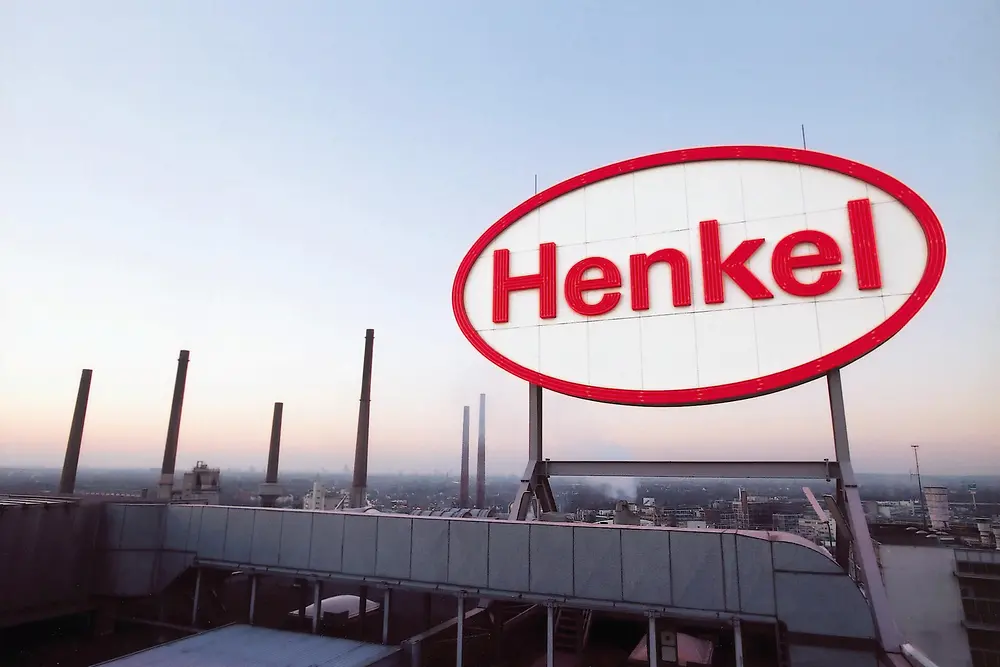We are committed to ensuring that our consumer products do not cause any microplastics to enter the environment. We understand microplastics to refer to synthetic polymer microparticles (SPM) that are solid, insoluble and not biodegradable with a size of five millimeters or smaller. These can enter rivers and oceans via wastewater and accumulate there permanently.
Several years ago, we stopped using microbeads in hair and body care products, and detergents and cleaning products, which were used as exfoliating or abrasive particles in certain products. In addition, we have been dealing more closely with solid synthetic plastics. These solid synthetic plastics are used as opacifiers in consumer products to give them a creamy white appearance.
In our hair and body care products, the switch to opacifiers that have a natural origin or are biodegradable was fully completed in early 2022. For our laundry and home care products, we replaced those opacifiers with poor biodegradability by a newly developed opacifier with improved biodegradability in 2021. We are always on the search for a fully biodegradable solution that meets our technical requirements.
Certain types of perfume encapsulation are also under discussion because they are considered as microplastics. These encapsulated perfume oils are used in fabric softeners and certain detergents to provide a long-lasting scent with significantly less perfume than would otherwise be required. Our goal was to replace all synthetic perfume encapsulations with biodegradable materials by no later than the end of 2022. Working together with our technology partners, we managed to fully replace them in Europe and have made good progress in other regions of the world. Due to specific product use and performance expectations by consumers in some regions, we still face technical challenges for full replacement in certain product categories, but we continue to work on it.
We are already using biodegradable material for other encapsulations. For example, the water-soluble shells of our pre-dosed detergent capsules, tabs and bars are biodegradable and consist of soluble polyvinyl alcohol.
To prevent improper disposal of our plastic product packaging from contributing to ocean pollution, we are striving for a circular economy for plastics. We will continue to increase the recyclability of our packaging, while also increasing the percentage of recycled material in our packaging.




